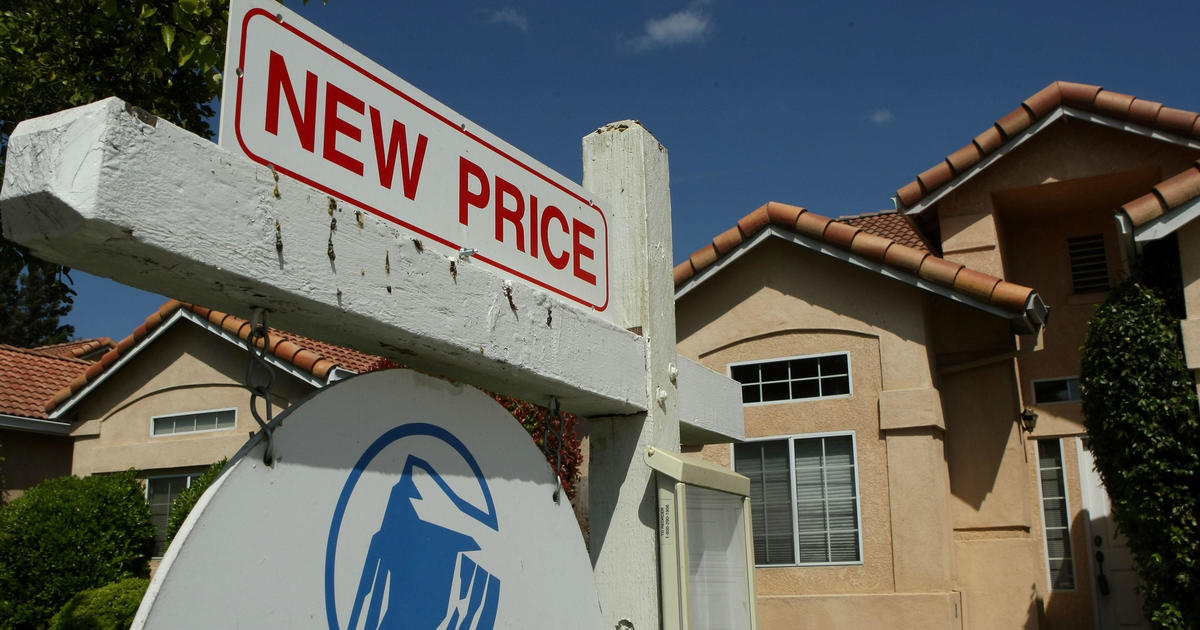Wages surged for lowest-paid Americans after the pandemic
The COVID-19 pandemic stopped the U.S. economy in its tracks, driving unemployment to double-digits and shutting employers from coast to coast. But it also had another effect for some Americans: Wages for low-paid workers surged at their fastest rate in 40 years, interrupting a decades-long period of stagnation.
Between 2019 and 2022, the lowest-paid saw their real income grow 9%, according to a new analysis from the Economic Policy Institute. Even accounting for inflation, income for workers in the bottom 10% grew faster than in any recovery since 1979.
"It's incredibly unusual how well they did," said Elise Gould, EPI senior economist and one of the report's authors.
Low-wage workers also saw faster growth than anyone but the highest-paid employees, the research found. Middle-wage workers saw a smaller pay bump — between 2.4% and 3.9% after inflation — although that increase, too, was the biggest in 40 years, EPI found.
The gains for low-wage workers was twofold, according to the research. First, government support in the form of unemployment benefits, enhanced tax credits, eviction bans and rent assistance helped keep millions of lower-income Americans financially afloat, meaning workers could be choosier about which jobs they took.
"The policy measures made people less desperate, and that was a really good thing — you don't have to take the worst job that comes along," Gould said, noting that with a pandemic raging, "people were hesitant to take jobs that would put them in danger."
Second, and somewhat counterintuitively, the huge number of layoffs among lower-paid service workers early in the pandemic impelled workers to find other, better, jobs, EPI found.
"They weren't tied to their employers anymore. They didn't have the friction that people often had that keeps them from looking for other opportunities," Gould told CBS MoneyWatch. "Maybe you can't get to that job interview that's across town, during the day, when you have another job."
To be sure, the historically fast wage growth comes off a very low base, with the lowest-paid 10% of workers earning just $26,100 in a year — barely scraping by — compared with median weekly earnings of $1,085 (roughly $56,000 annually).
Meanwhile, the highest-paid employees have seen the biggest gains. While the data only goes through 2021, the top 1% of workers saw a 16% pay raise, and wages for the top 0.1% surged nearly 30%, EPI found.
Gould also doesn't expect the pay surge for poorly paid workers to last. Wage growth is already slowing, and fewer workers are quitting in search of greener pastures than at the height of the pandemic. The Federal Reserve's latest interest-rate hike will slow wage growth even more. And if the economy goes into a recession, as many economists expect, the lowest-paid workers will suffer most.
"When the unemployment rate goes up overall, those workers who are younger, black workers, will see even greater increases in unemployment, and so workers will not be quite as scarce as they are now," Gould said. "It's the relative scarcity of workers that drives employers to pay more to attract workers. If we go into recession, even middle-wage workers will suffer."



